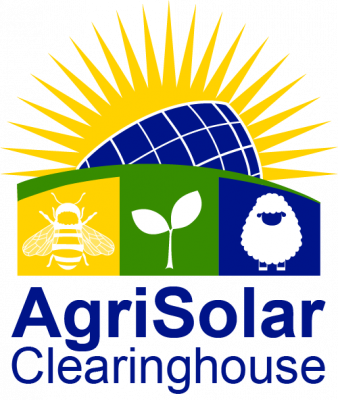Solar Beekeeping Agreement Template
This American Solar Grazing Association Beekeeping Agreement Template is a template for a contract between a solar site operator and a beekeeper for the establishment and maintenance of a solar site apiary. The arrangements outlined in this template may provide a number of benefits to both solar-site operators and beekeepers.
